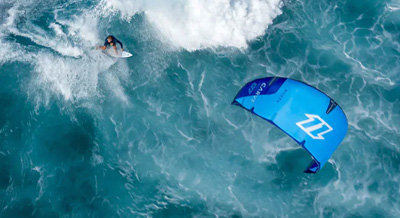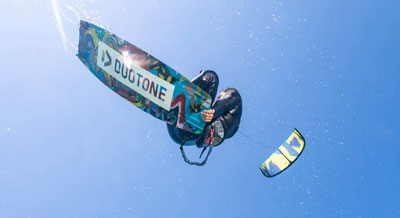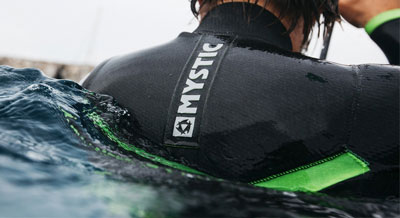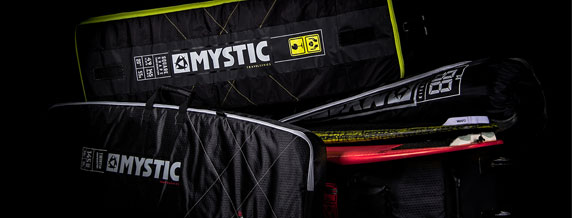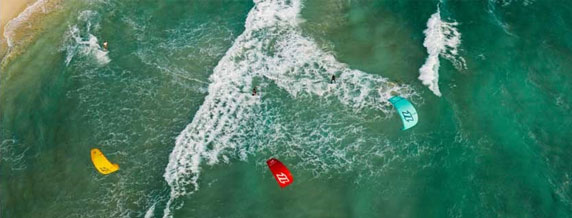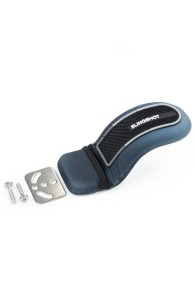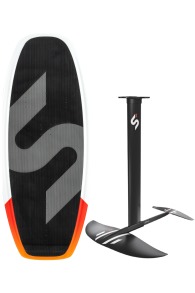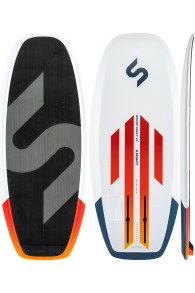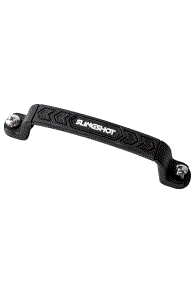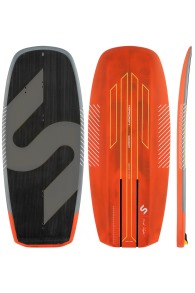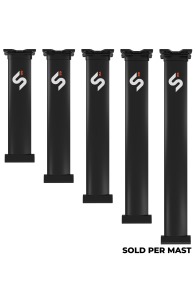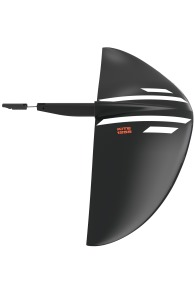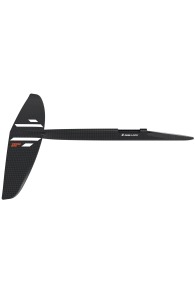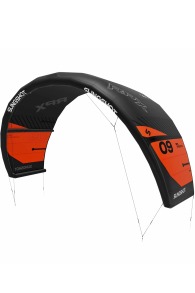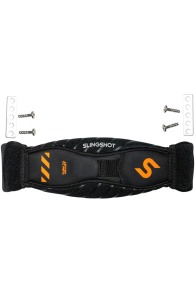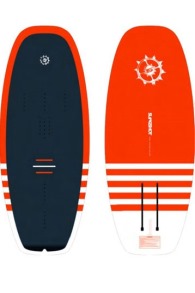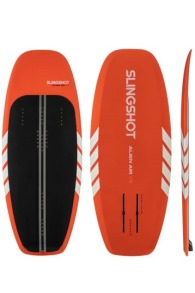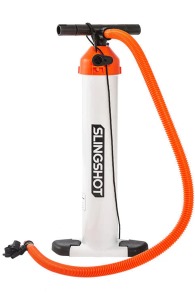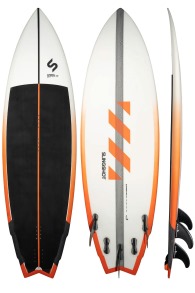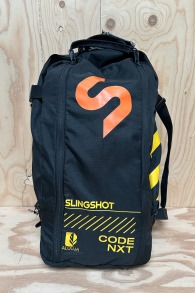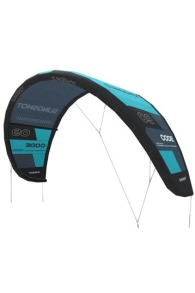Slingshot
Slingshot is an American kite brand started in 1999 by the brothers Jeff and Tony Logosz. Slingshot is a kite brand that makes everything for kitesurfing. Once started with only kites but nowadays a kitesurfing brand that serves every aspect of kitesurfing. For example Slingshot makes kites like the legendary Slingshot Fuel, Turbine and the Slingshot RPM where the Brazilian Carlos Mario has become world champion freestyle kitesurfing several times. The extensive kiteboard range is suitable for beginners such as the Slingshot Misfit to the most extreme wakestyle kitesurfers who can enjoy the Slingshot Refraction. The boards of Slingshot have a super cool design every year. In addition to the kites and kitesurfing twintips Slingshot also has a very wide range of kitesurf directional surfboards and since a few years Slingshot kitesurf hydrofoils are gaining a big market share in the hydrofoil market. On this page you will find all kitesurfing products from Slingshot such as kitesurf kites, twintips, bars, surfboards and hydrofoils. If you cannot find a Slingshot kitesurf product on this page, you can always contact us by phone, email or WhatsApp. Read more. »
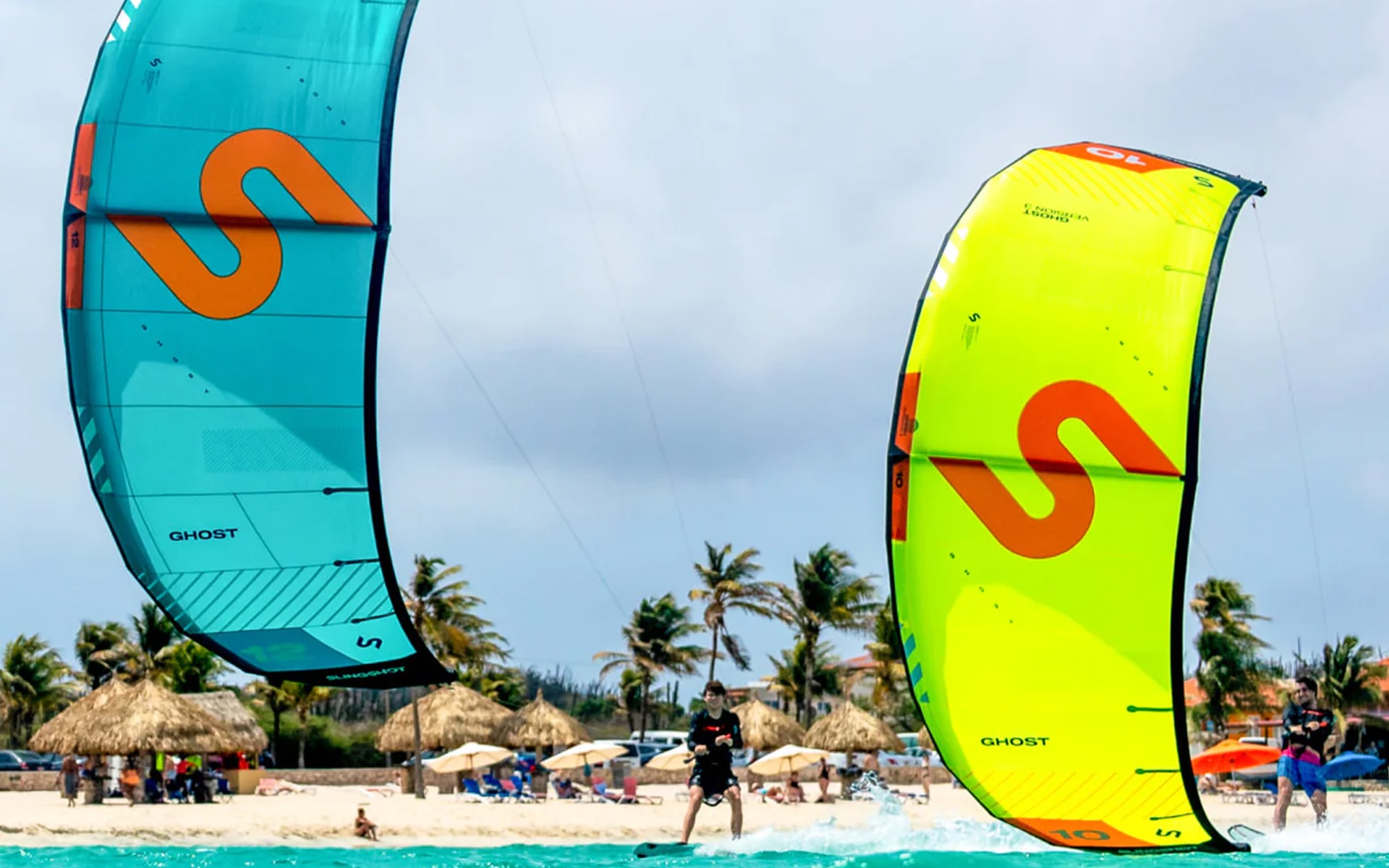
Slingshot
Slingshot is an American kite brand started in 1999 by the brothers Jeff and Tony Logosz. Slingshot is a kite brand that makes everything for kitesurfing. Once started with only kites but nowadays a kitesurfing brand that serves every aspect of kitesurfing. For example Slingshot makes kites like the legendary Slingshot Fuel, Turbine and the Slingshot RPM where the Brazilian Carlos Mario has become world champion freestyle kitesurfing several times. The extensive kiteboard range is suitable for beginners such as the Slingshot Misfit to the most extreme wakestyle kitesurfers who can enjoy the Slingshot Refraction. The boards of Slingshot have a super cool design every year. In addition to the kites and kitesurfing twintips Slingshot also has a very wide range of kitesurf directional surfboards and since a few years Slingshot kitesurf hydrofoils are gaining a big market share in the hydrofoil market. On this page you will find all kitesurfing products from Slingshot such as kitesurf kites, twintips, bars, surfboards and hydrofoils. If you cannot find a Slingshot kitesurf product on this page, you can always contact us by phone, email or WhatsApp. Read more. »
SLINGSHOT Kites
Slingshot kiteboarding has been in the scene since the start of the kitesurfing sport. Slingshot kiteboarding was started in 1999 by the Logosz brothers in America, The Gorge and since then Slingshot kiteboarding has become an indispensable part of kitesurfing. Besides kitesurfing, Slingshot is also a big brand within wakeboarding, windsurfing and SUP-en. Slingshot is a legitimate kitesurf brand that produces kitesurfing materials of the highest quality, a true A-brand. Thanks to years of experience, knowledge within various water sports, enormous motivation and team riders like Youri Zoon, Carlos Mario, Sam light and Jeremy Burlando on a worldclass level, Slingshot is able to bring every year new awesome kitesurfing gear onto the market. And let's not forget the legend and our local hero Ruben Lenten who invented the kiteloop with the Slingshot Fuel.
Check the menu below and quickly navigate to:
Slingshot kite short history
The philosophy of Slingshot kiteboarding is simple: Slingshot does things the way they do things and don’t follow the other kitesurfing brands. And that philosophy has certainly paid off in recent years. Slingshot was the first kitesurfing brand to introduce the One-Pump system. And we all know how great it is to pump up your kite in one go and do not have to do that for each strut separately. Later Slingshot came with the Splitstrut. In one of the most recent developments of the kitesurfing sport, the hydrofoil kitesurfing, Slingshot immediately shows that they can innovate like no other. The hydrofoils of Slingshot are used by schools to teach to how to hydrofoil and the last Space Skate hydrofoil is one of the best on the market. The Slingshot RPM kite has shows that it has been a real champion machine proved by Youri Zoon and Carlos Mario, becoming world champion freestyle kitesurfing with the use of the Slingshot RPM kite.
The Slingshot Fuel has become a legend in the kitesurf world by kiteloop king Ruben Lenten. Whether you are world champion or just starting kitesurfing, Slingshot has the perfect kite for you. And we can provide you with the best kite advice. Would you like to play in the waves, freeride kitesurfing, thick hangtime jumps, wakestyle kitesurfing, kitelooping or hydrofoil kite surfing? Slingshot has the kite for you.
Slingshot Kiteboards
The same applies to the kiteboards of Slingshot. Because Slingshot also produces a wide range of wakeboards in addition to kitesurfboards, Slingshot has an enormous amount of knowledge about design, design, rocker, channels of kiteboards and wakeboards. As a result, we often see techniques flowing from wakeboarding to the Slingshot kiteboard designs. Even when it comes to kitesurf boards Slingshot has a board for everyone, and we mean everyone. Slingshot has the largest kiteboard twintip range of all kitesurfing brands. For the beginner who wants to kitesurf easily and for the radical wakestyle kitesurfer who wants to get maximum pop out of his board, Slingshot has it. In addition, with the Slingshot boards you always have a board with a super cool desing. No gray mouse on the kite spot!
The surfboards / directionals of Slingshot, meant for kitesurfing belong also among the best on the market. The wide range of kitesurfing directionals please every kite surfer at every level. For the radical wave rider, the technical freestyle or the enthusiastic beginner on the kitesurf directional at Slingshot will certainly succeed and improve your level of kitesurfing.
Checkout the different Slingshot categories
Slingshot kitesurfing development
It all started in 1999 when a friend of the founders of Slingshot, the Logosz brothers, called them about a man he saw sailing upwind on The Gorge with a wakeboard and a kite. They were stupidly surprised, but they were crazy about it and nobody ever did that before! At that time, the Logosz brothers had a company in the design of wakeboards, so the step to kitesurfing and kiteboards was only a small one. Many of the brands that started in kitesurfing sports had already built a name in the windsurfing world, and were able to start relatively easily in the kitesurfing trade. Slingshot, on the other hand, had to start at 0 and prove himself with good kitesurf gear to make a name for himself. Slingshot also had the additional advantage that they had nothing to lose and were able to experiment with innovative materials without losing a name. In addition, Slingshot only had to focus on kite surfing and could put all the time and energy into the development of kitesurfing. One of the first innovations of Slingshot was that they could apply cool prints on the kites, so we actually have to thank Slingshot for all the cool kitesurf designs.
The first kite that Slingshot brought to the market was the Stealth kitesurf kite. The kite was a drama, and Slingshot also admitted it. But you must learn from your mistakes and Slingshot did that. After this flop Slingshot became obsessed with making high quality kitesurfing products.
The most recent addition to the Slingshot kite lin-up is the super allround Slingshot Code, ideal for freeride, freestyle and we even see Jeremy pulling easy big mega loops with the Code. Check out Sam Light having fun with the new code in this video:
Slingshot started with tackling the R&D team
If something is not perfect in a kite or kiteboard, they had to fix that first before it could even enter the next test phase. The kites Slingshot produces afterwards were all kites of the highest quality at that time. The same drive ensured that Slingshot was the first kitesurfing brand that flex and pop in a kiteboard could handle, which they used before in wakeboards. The kite development went on and kites such as the Slingshot Diesel, Machine and Link became gems from the old box. The Slingshot Fuel is the kite that has been on the market for the longest time and has been made since 2001. The Fuel has perhaps the most notorious name within the scene and is seen as a real badass kite. The Fuel is a hardcore C-kite with nice pop and slack, ideal for megaloops. The Fuel owes its name, among other things, by our Dutch Ruben Lenten, who has pushed the boundaries of the kite for a decade or so and thus introduced the megaloop. Later came the Turbo Diesel in 2006. A super fine and easy kite compared to the Slingshot Fuel. An outcome for beginners to advanced kite surfers. In 2009 Slingshot introduced the RPM and started the era of the open C-kite. An all-round kite suitable for the advanced kiter who loves freeride and freestyle. The Slingshot Rally is one of the latest improvements of the turbo diesel and is a great kite when you just start kitesurfing because of the easy relaunch and the big wind range. The latest innovations from Slingshot are seen in the hydrofoils. Slingshot was in 2018 one of the first kitesurfing brands to offer a large foil wing as standard for a reasonable price for the average kite surfer.
Slingshot Machine
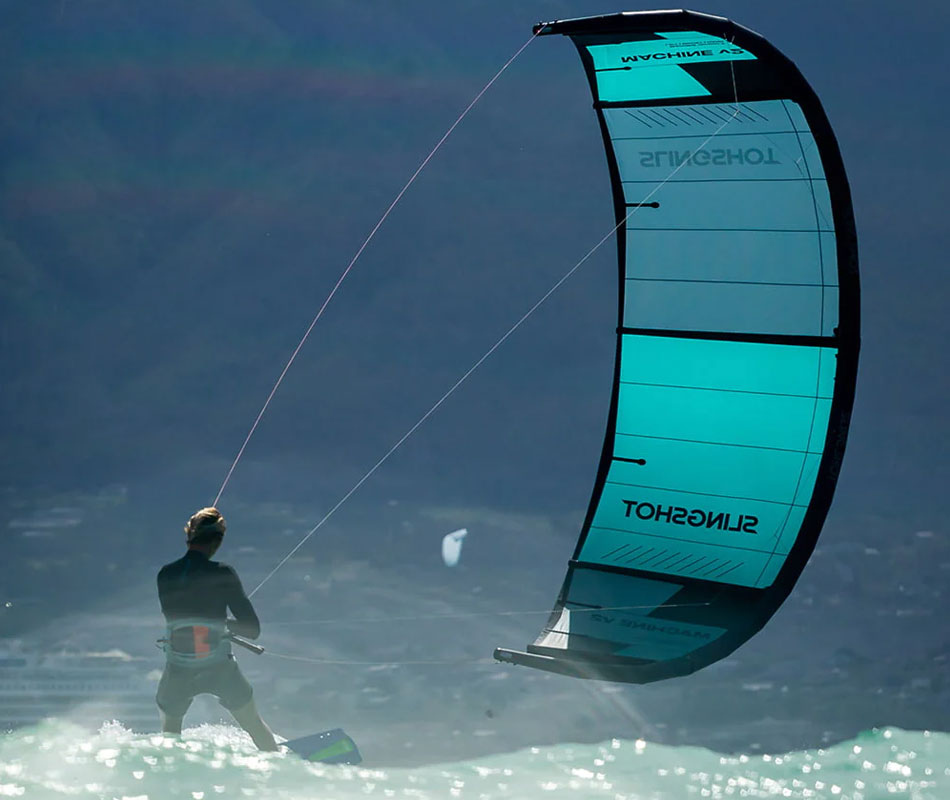
Slingshot Big Air MACHINE
Height records, mega loops, board offs, the machine V2 is Slingshot's big air gem in every way, regardless of your riding level! Check now all details about this awsome Big Air Machine.
You have no product(s) in you basket.
Weet je niet waar je moet beginner?
Contact our customer service for advice
Manage Cookie Consent
We like to give you the best experience and most relevant deals on our website, media and through our advertisements. To do that, we need to place cookies and collect some data. If you are ok with this, press the green accept button! For more information click here or change settings to your preference.
Functional
Always active
Analytics cookies
Advertising cookies
User data sharing
Personalization cookies

